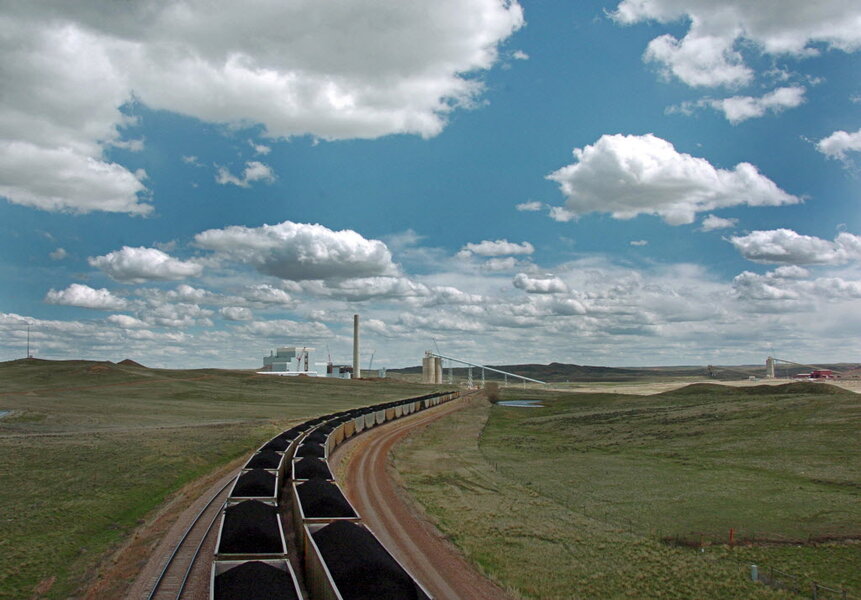Why has carbon capture and storage not taken off yet?
Loading...
For all of the talk about green energy one fact still remains clear; fossil fuels are going to continue to be used in enormous quantities for decades to come. From China and India to the U.S. and Canada, the world is flooded with growing markets looking for new sources of fossil fuels and developed markets coming up with new ways to extract those fossil fuels. India, for instance, is on track to double its use of coal as a main source of energy over the next 20 years.
It is certainly true that solar power in particular is growing rapidly in importance but that has very little to do with the fact that hundreds of millions of cars and homes still rely on oil and natural gas for power and heat. Retrofitting an asset base that large would require trillions in investments.
Given these realities, carbon capture and storage (CCS) is an intriguing proposition and one that pragmatic environmentalists ought to give more credence to. Yet, CCS has not really gotten off the launch pad at this stage despite the fact that a new report from an industry group highlights the necessity of the technology in helping to mitigate carbon emissions across the world economy. There are a variety of criticisms against the technology, yet it may be the best of a bad set of options.
According to the Zero Emissions Platform industry group, "Without CCS, the cost of decarbonising the power sector could be 2 to 4 trillion euros ($2.3-$4.5 trillion) higher and some energy-intensive industries would not be able to decarbonise at all." The problem is that while CCS is probably good for the environment, it does not make economic sense on its own in many cases and environmental groups have failed to rally behind it in any meaningful way.
The business case for CCS is built on the idea that taking carbon out of fossil fuel energy production and injecting it back into the ground then helps to enhance recovery rates on oil and gas fields. This idea would be great as a recovery mechanism for fossil fuel fields if it were cost effective. But it’s not. Utilities in general have very little interest in CCS as the technology is expensive to retrofit on existing plants. Standalone CCS facilities can cost up to a billion dollars, and they only remain economically useful as long as an oil or gas field has resources remaining.
There are many big firms backing CCS, especially large oil companies, but none of them are interested in spending investor’s money on the plants without a rational economic reason to do so. With oil prices slumping over the last year and profit margins tighter than ever, any realistic prospect of companies choosing to install CCS tech in facilities for business reasons have vanished. At this stage, across most of the world, carbon has no positive value.
One could have argued that CCS made sense in some regions before the oil price slump, but at this point companies are in cash lockdown and are in no mood to engage in substantial discretionary spending. Apache (APA) and Encana (ECA) have used CCS technology previously and American Electric Power (AEP) has a CCS project in place at a plant in West Virginia, but these projects are insignificant in the larger scheme of things.
That means that for CCS to really take off, world governments would have to decide that they want to put a price on carbon. Political realities make that unlikely for now in most major regions except Europe. Even in the EU though, the block has failed to set an effective carbon price, which has created a lack of major impetus for CCS projects. This has seriously held back the technology. At the end of the day, while CCS is a potentially very useful and important technology from a pragmatic standpoint, until the world gets serious about charging companies that emit carbon or a viable business purpose is developed to use enormous amounts of carbon, CCS initiatives are unlikely to go far.
Source: http://oilprice.com
Original article: http://oilprice.com/Energy/Energy-General/Why-Has-Carbon-Capture-And-Storage-Not-Taken-Off-Yet.html





